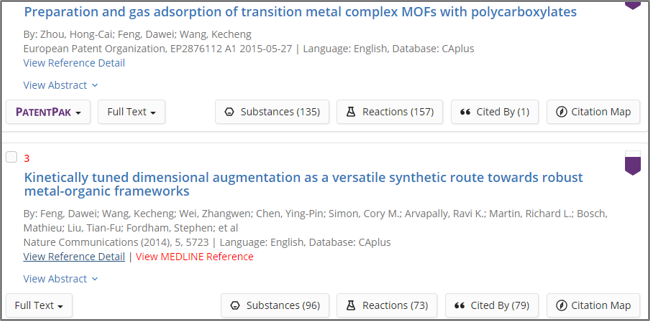The value of an organization's intellectual property (IP) portfolio has become an intangible asset of innovation-focused organizations. As the volume and value of IP-driven business transactions increase, financial valuation of IP portfolios is becoming a critical discipline. Valuations are used to advise in acquisitions, patent portfolio adjustments, licenses or litigations. However, the most common IP valuation methods in use today have a blind spot that could be driving undervaluation of key patents.
As an emerging discipline, patent portfolio valuation remains more of an art than a science, and the "best" approach to this complex and nuanced question is widely debated. Traditionally, IP valuation is a manual process undertaken by financial experts and those knowledgeable in the relevant technical field. The evaluations generally consider a number of factors, including investment to develop the IP, value of similar patents and projected revenue potential of the invention.
More recently, a number of software solutions have entered the market that use algorithmic approaches to expedite the process and reduce costs, with some claiming to leverage emerging AI technology. These automated portfolio valuation approaches rely more heavily on quantifiable metrics, such as market data for the value of previous relevant patent transactions, forward and backward citation counts, citation velocity, and claim length.
Limitations of both manual and software-based patent valuation include over-reliance on historical market data and lack of consideration of patent age, market competitiveness and other key factors. Here, I highlight an additional limitation related to the way that both methods leverage forward citation data that may undervalue a growing volume of key patents.
The predicament with parallel publishing of journal articles and patents
A forward citation is a patent or journal article that cites the publicly disclosed patent of interest as foundational to the new work. Current IP valuation approaches use forward citations as a proxy for the importance or influence of the invention disclosed in the patent. However, the forward citation metric is often incomplete due to a growing number of inventions that are collaborations between academic and commercial organizations. In these cases, the research is first filed as a patent application by the commercial partner to protect the IP and then published in a journal by the academic partner (however, the journal article is often available first due to the lag time between patent filing and publication). This dual-threaded publication approach (i.e., a publication pair) generates multiple forward citations that are relevant to IP valuation.
For example, the references below from authors at Texas A&M University form a patent-journal pair, even though they disclose a different number of substances and reactions. The patent is cited once by a later invention, while the journal article is cited 79 times.

Since the journal article is rarely, if ever, considered in manual or algorithmic IP valuation, undervaluation of patents from these collaborations is common. Automated processes that rely more heavily on citation data are more prone to this undervaluation.
Why are forward citations from journal articles ignored?
Since journal articles and patents have fundamentally different purposes, matching these publications pairs is not easy. Patents are written with an emphasis on protection, while journal articles are written for full disclosure. This dichotomy may result in publications with different titles, abstracts, named authors and invention descriptions, with an additional layer of complexity added if the publications are in different languages. Patent applications are often first filed at a national patent office in the local language, while journal articles are published in English. Today, there is no simple way to match relevant journal articles with patents of interest.
One way to capture these publication pairs more fully in the IP valuation process is by leveraging a human-curated dataset that covers both patents and journals. In chemistry and related sciences, the unique effort of CAS scientists is key to matching publication pairs. For example, important chemistry may be disclosed in a patent as a Markush structure with a few exemplified compounds, whereas a journal article may summarize it in generic structures and in supplemental information. A thorough indexing effort is essential to capture the chemistry across document types.
In addition to detailed subject-matter keyword and chemical substance indexing of patents and journal articles, CAS scientists provide enhanced English-language titles and abstracts for patents—all of which greatly improve the chances that searches performed in SciFinder and STN, and searches performed by Science IP, will turn up both publications.
Starting with a high-quality, human-curated database, algorithms may soon be able to rapidly compare a wide range of attributes and easily identify patent-journal article publication pairs. This is truly an example where the combination of human intellect and machines provides a more complete solution. Is your innovation-focused organization looking for more accurate IP portfolio valuation? Learn how CAS can help.

